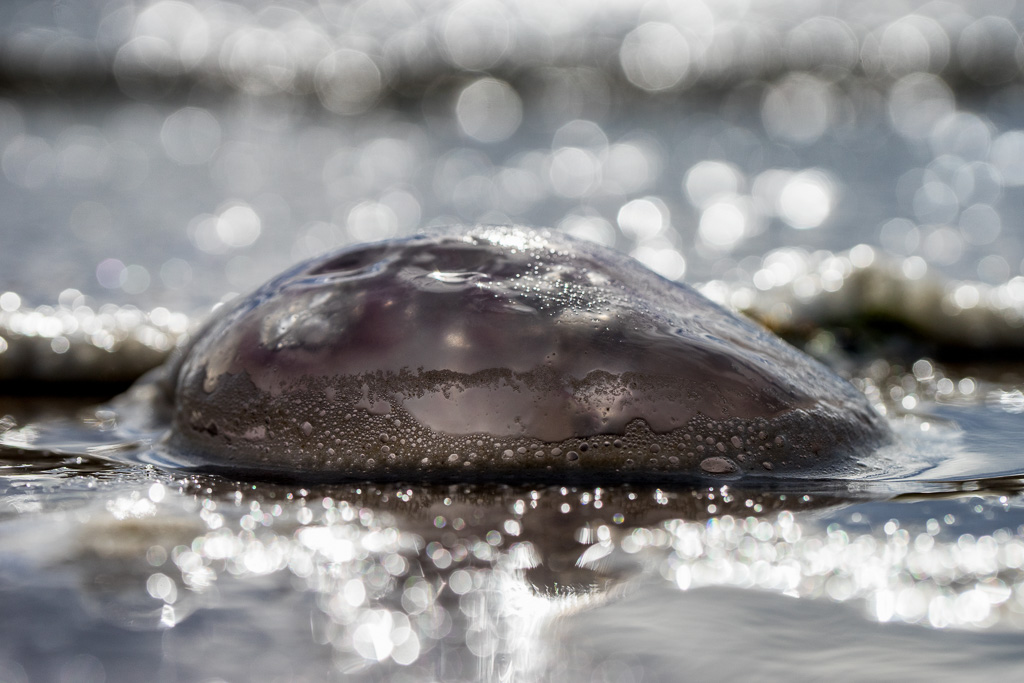
Featured above is an image of a jellyfish, one of thousands washed onto a beach in Ayrshire in the southwest of Scotland. Walking along a beach on the western shores of Scotland makes me mindful of how important the Gulf Stream is to life in this part of the world.
Glasgow sits at 55.9 degrees latitude. It is a northern city. By way of comparison, Toronto sits at 43.7 degrees and, despite what people say about Canada, it isn’t a particularly cold place. In fact, it’s further south than a third of the continental US. And it’s further south than almost all of France. Summers are hot and humid; winters are moderated by its position in relation to the Great Lakes.
A few years ago, I sat up all night with friends around an open fire on the outskirts of Glasgow. At three in the morning, I gazed up into the sky and noted that it wasn’t really dark. This was the end of May, three weeks from the summer solstice and I was closer to the Arctic Circle than I was to Toronto’s latitude. For a comparable view in my home province, I’d have to travel up to Fort Severn, the northernmost settlement in Ontario.
Periodically, scientists express concern that maybe the Gulf Stream, aka the Atlantic meridional overturning circulation (AMOC), might shut down as climate change progresses. See this Guardian article for an example. If this happened, it’s impossible to predict what impact that might have on Scotland’s climate. Currently, it’s moderate there: summers are never terribly warm, but winters are never terribly cold either. This is, after all, the land of the kilt. But if all that warm water stopped flowing through the North Atlantic, Scotsmen might have to start wearing something underneath.
